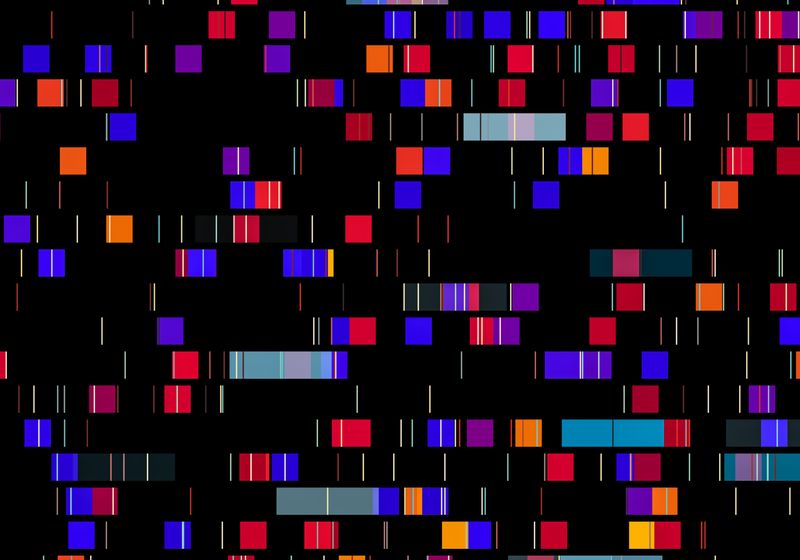For the first time in the field, scientists profiled the genomes of hibernators and revealed regulatory mechanisms that make them special.
Image credit:©iStock, INchendio
“Hibernators have all kinds of secrets and biomedical superpowers that we want to understand,” said Christopher Gregg, a molecular neurobiologist at the University of Utah. Hibernating animals regulate their metabolism seasonally and can protect their nervous system from degeneration during prolonged periods of low metabolic activity. Scientists are keen to understand these mechanisms to find commonalities that might benefit humans.
In a recent study, Gregg and his colleagues showed that metabolic changes that are associated with hibernation affect thousands of genes that are shared between animals that hibernate and those that don’t, also known as homeotherms.1 They discovered that the regulation of these genes, rather than the genes themselves, gave hibernators their unique metabolic regulation abilities. The findings, published in Science, contribute to researchers’ understanding of hibernation and reveal pathways that are shared with humans, which could be leveraged to treat metabolic and neurodegenerative disorders.

Christopher Gregg is a molecular neurobiologist at the University of Utah who studies gene regulatory mechanisms.
Christopher Gregg
“The comprehensive bioinformatics analysis in this study was the first of its kind,” said Elena Gracheva, a neurophysiologist at Yale University, who was not involved in the study. “It breaks the boundaries and opens up a new avenue in [hibernation] research.”
Gregg’s team chose mice as their model organism to study hibernation because while these animals are homeotherms, they can go into short torpor bouts. To uncover genes that are associated with hibernation, the researchers used various sequencing methods to profile the hypothalamus, a region in the brain that regulates metabolism and in mice has been previously associated with torpor responses.2,3 The researchers observed that the expression levels and chromatin accessibility of thousands of genes changed significantly depending on whether mice were fed, fasted, or refed. This suggested that a conserved gene regulatory mechanism, rather than specific genes, likely mediates hibernation-associated responses.
“For a long time in the hibernation field, we’ve been looking for a gene that only exists in hibernating animals and acts like some kind of switch,” said Mack Yang, a biomedical engineer at the University of Southern California who was not involved in the study. He added that a single switch is unlikely to exist and that a central regulatory system to control hibernation is more plausible.
The researchers looked for conserved regions of deletion and accelerated evolution (ARs) in the genomes of hibernators and homeotherms. ARs are regions that contain more differences in DNA sequences than would be expected by chance. About 25,000 regions of deletion were conserved among hibernators, which is nearly three times the approximately 9,000 ARs that the researchers found. This suggested that hibernation likely evolved from the loss of genomic features that are conserved among homeotherms.
“An idea that emerged from this study is that homeotherms have these kind of genomic brakes that restrict the magnitude and nature of their adaptive responses to stress, and hibernators may have deleted some of these elements, giving them the ability to have more profound and flexible biological adaptations,” Gregg said.
Next, Gregg’s team identified structures in the genome that were contacted by the regulatory elements, but were differentially regulated in hibernators and homeotherms.4 They knocked out these regions and showed that unlike their unmanipulated counterparts, the knockout mice experienced torpor-like metabolic responses. They reported these findings in a separate paper, published concurrently in the same issue of Science.
“We were very excited to find that these individual regulatory elements seem to be functionally affecting the traits that we predicted they would,” Gregg said.
Yang said, “They start from big data discovery. Then they have the mouse models to prove it, so everything is very solid.”
In the future, Gregg hopes to translate his team’s findings to help treat various human disorders, from insulin resistance to brain damage.
“The idea going forward is, if we can understand how to change the regulation of [hibernation] genes, which [humans] also have, then maybe we can develop medicines that mimic some of these hibernation type responses,” he said.
